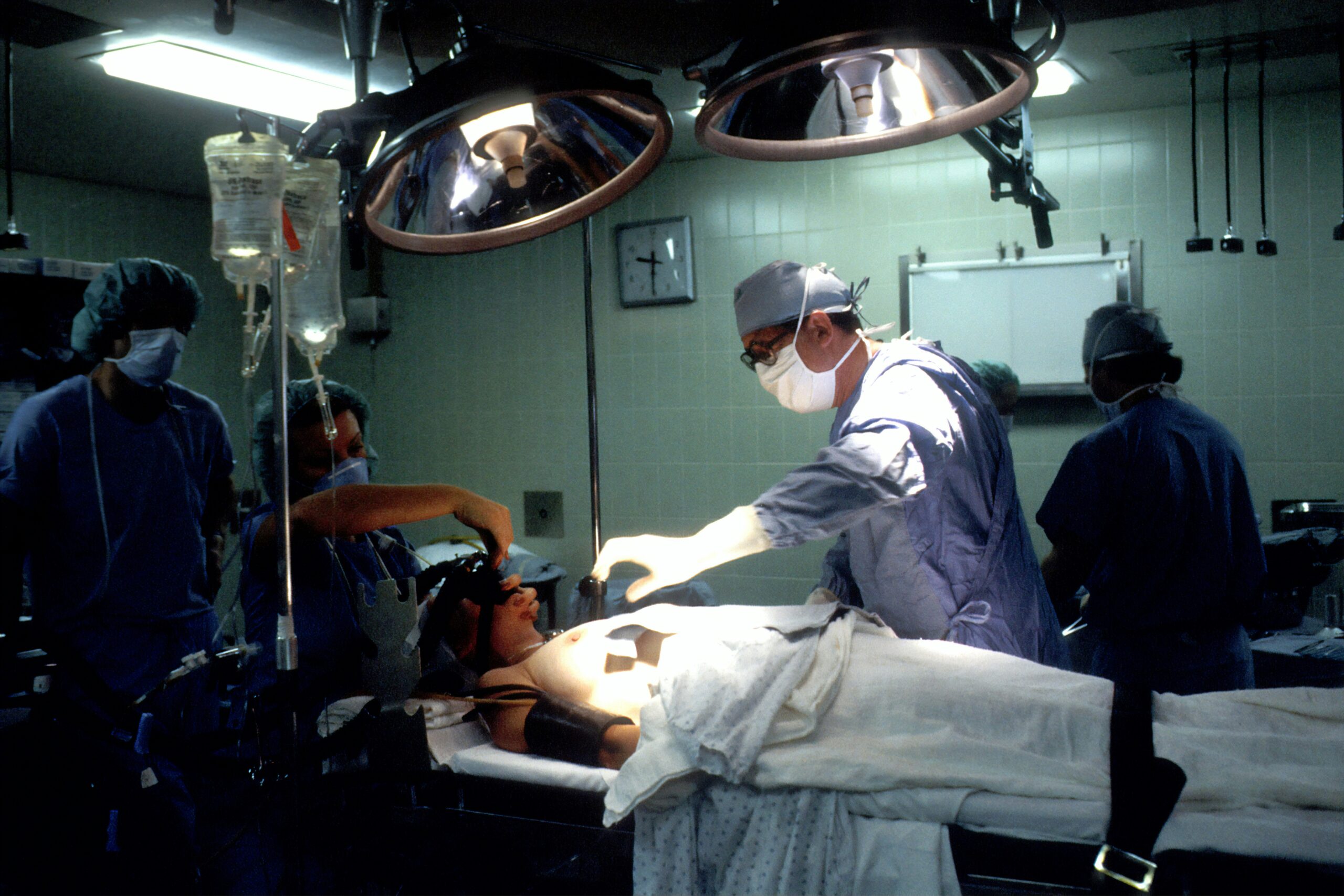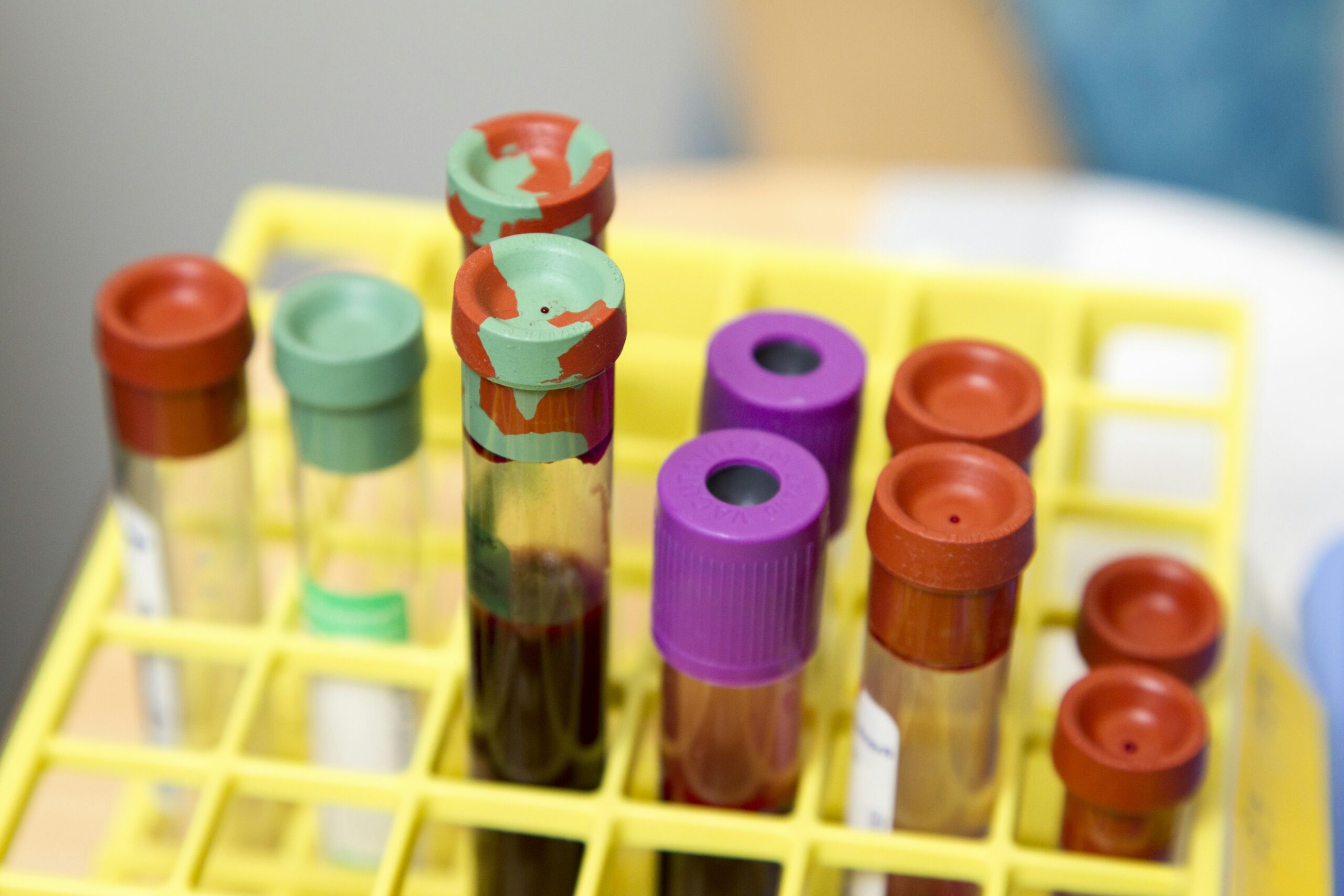If you're a man and you've ever wondered about the connection between a swollen prostate and prostate cancer, you've come to the right place. In this article, we'll explore whether or not having a swollen prostate actually increases the risk of developing prostate cancer. Understanding this potential link can help you make informed decisions about your health and take proactive steps to protect yourself. So, let's dive in and investigate this important topic together!
Understanding The Prostate Gland
The prostate gland is a small, walnut-sized organ located just below the bladder and in front of the rectum. It is an important part of the male reproductive system, contributing to the production of semen. The prostate gland surrounds the urethra, which carries urine from the bladder out of the body.
Normal functions of the prostate
The prostate gland has several important functions in the male body. It produces a fluid that nourishes and protects sperm, helping them survive and function properly. This fluid is released during ejaculation and mixes with sperm from the testicles to form semen. The prostate gland also plays a role in urine control by contracting and closing off the urethra during ejaculation, preventing urine from mixing with semen.
Role in the reproductive system
The prostate gland is crucial for healthy reproduction. Its secretions provide the necessary nutrients and enzymes to support sperm viability and motility. Additionally, the contractions of the prostate glands help propel sperm through the urethra during ejaculation, aiding in successful fertilization.
Size and location of the prostate gland
The size of the prostate gland can vary throughout a man's life. It typically begins to grow during puberty and continues to enlarge as a man ages. By the time a man reaches his 40s or 50s, the prostate gland may become large enough to cause symptoms, such as difficulty urinating or frequent urination. The exact size and location of the prostate gland can vary slightly between individuals, but it generally measures around 4 centimeters in diameter and is located just below the bladder.
What is Prostate Swelling?
Prostate swelling, also known as benign prostatic hyperplasia (BPH), is a condition where the prostate gland becomes enlarged. It is a common occurrence as men age, affecting a significant portion of the male population. While prostate swelling is typically benign and not linked to cancer, it can cause bothersome symptoms and discomfort.
Symptoms of swollen prostate
Some common symptoms of prostate swelling include frequent urination, a weak urine flow, difficulty starting or stopping urination, and the feeling of incomplete bladder emptying. Men with prostate swelling may also experience urinary urgency, waking up frequently at night to urinate, and urinary tract infections.
Possible causes behind swelling
The exact cause of prostate swelling is not fully understood. However, it is believed to be influenced by hormonal changes and imbalances that occur with age. Additionally, genetic and environmental factors may also play a role in the development of prostate swelling.
The condition of Prostatitis
Prostatitis is a condition characterized by inflammation of the prostate gland. While not directly related to prostate swelling, prostatitis can cause similar symptoms such as pain or discomfort in the pelvic area, difficulty urinating, and urinary urgency. Prostatitis can be caused by infection or other factors, and it is important to seek medical attention for an accurate diagnosis and appropriate treatment.

Diagnosing Prostate Swelling
If you are experiencing symptoms of prostate swelling, it is important to consult a healthcare professional for a proper diagnosis. The following methods are commonly used to diagnose prostate swelling:
Physical examination and evaluation
During a physical examination, a healthcare provider will assess the size and condition of the prostate gland through a rectal examination. This involves the insertion of a gloved finger into the rectum to feel the prostate and check for any abnormalities or enlargement.
Medical history
A comprehensive medical history will be taken to assess any preexisting conditions or symptoms that may contribute to prostate swelling. This includes questions about urinary symptoms, family history of prostate issues, and any medications or treatments that may be relevant.
Blood tests and imaging
Blood tests may be used to measure prostate-specific antigen (PSA) levels, which can help determine if further investigations are necessary. Imaging tests, such as ultrasound or MRI, may also be performed to visualize the prostate gland and assess its size and condition.
Understanding Prostate Cancer
Prostate cancer is a malignant tumor that forms in the tissues of the prostate gland. It is one of the most common types of cancer among men, but with early detection and treatment, the prognosis is often favorable.
Defining prostate cancer
Prostate cancer occurs when the cells in the prostate gland multiply uncontrollably, forming a tumor. If left untreated, the cancer cells can spread to other parts of the body, such as nearby lymph nodes or distant organs. Prostate cancer is typically slow-growing, and many cases can be managed effectively with appropriate treatment.
Major risk factors of prostate cancer
While the exact cause of prostate cancer is unknown, certain risk factors have been identified. Age is the most significant risk factor, with the chances of developing prostate cancer increasing with age. Family history of prostate cancer, genetic predisposition, and certain ethnic backgrounds, such as African-American men, have also been associated with increased risk.
Common symptoms associated with prostate cancer
In its early stages, prostate cancer may not cause noticeable symptoms. However, as the disease progresses, men may experience symptoms such as difficulty urinating, blood in the urine or semen, erectile dysfunction, pain in the back, hips, or pelvis, and unexplained weight loss. It is important to note that these symptoms can also be caused by other conditions, so a medical evaluation is necessary for an accurate diagnosis.

Prostate Swelling Vs Prostate Cancer
While prostate swelling and prostate cancer both involve the prostate gland, they are distinct conditions with different characteristics.
Difference between them
Prostate swelling, or BPH, is a non-cancerous enlargement of the prostate gland, often due to hormonal changes with age. On the other hand, prostate cancer is the malignant growth of cells within the prostate gland, which can spread to other parts of the body if left untreated. While prostate swelling can cause bothersome urinary symptoms, it is generally not life-threatening unless it significantly affects quality of life or leads to complications.
Identifying the symptoms and signs
Prostate swelling is primarily associated with urinary symptoms, such as frequent urination or a weak urine flow. In contrast, prostate cancer may not cause noticeable symptoms in its early stages. When symptoms do arise, they can be similar to those of prostate swelling, such as difficulty urinating, but may also include more severe symptoms like unexplained weight loss or bone pain.
Pre-existing conditions that could lead to misdiagnosis
Certain pre-existing conditions, such as prostatitis or urinary tract infections, can cause symptoms similar to both prostate swelling and prostate cancer. This can potentially lead to misdiagnosis or confusion, highlighting the importance of a comprehensive medical evaluation and accurate diagnostic tests to distinguish between these conditions.
Does Prostate Swelling Increase The Cancer Risk?
The relationship between prostate swelling and prostate cancer is a topic of interest and ongoing research. While the exact link between the two is yet to be fully understood, several studies have explored this potential association.
Is there a link between the two?
Current research suggests that prostate swelling does not directly increase the risk of developing prostate cancer. However, some studies have identified overlapping risk factors, such as age and family history, which can contribute to both conditions. It is important to note that having prostate swelling does not necessarily mean an increased risk of prostate cancer, but regular monitoring and appropriate screenings are still recommended for men with prostate swelling.
Studies and research are done on this subject
Numerous studies have been conducted to investigate the potential link between prostate swelling and prostate cancer. These studies have explored various aspects, including the prevalence of prostate cancer in men with prostate swelling, the impact of prostate swelling on prostate cancer detection, and the potential use of prostate swelling as a predictive marker for prostate cancer. While research is ongoing, current evidence does not suggest a direct causative relationship between the two conditions.
Opinions from medical professionals
Medical professionals generally agree that prostate swelling, or BPH, does not increase the risk of developing prostate cancer. However, they emphasize the importance of regular screenings and proactive healthcare management for men with prostate swelling, as it is still possible to develop prostate cancer regardless of any existing prostate issues. Early detection and appropriate treatment remain crucial in managing prostate health.

Treatment Options for Prostate Swelling
Various treatment options are available for men with prostate swelling, depending on the severity of symptoms and the impact on quality of life.
Medications
Medications, such as alpha-blockers or 5-alpha reductase inhibitors, may be prescribed to relieve symptoms and reduce the size of the prostate gland. These medications work by relaxing the muscles in the prostate, allowing for easier urine flow, and inhibiting the growth of prostate cells.
Surgery
For individuals with severe symptoms or complications, surgery may be recommended. Transurethral resection of the prostate (TURP) is a common surgical procedure that involves removing excess prostate tissue to improve urine flow. Other surgical options, such as laser therapy or prostatectomy, may also be considered depending on the individual's specific needs and circumstances.
Lifestyle Changes
Lifestyle modifications can play a significant role in managing prostate swelling. Maintaining a healthy diet, exercising regularly, and avoiding excessive fluid intake, especially before bedtime, can help alleviate symptoms. Limiting the consumption of caffeine and alcohol may also have a positive impact on urinary function.
Preventing Prostate Swelling
While prostate swelling may not always be preventable, certain lifestyle choices can potentially reduce the risk or severity of symptoms.
Healthy diet and regular exercise
Maintaining a healthy diet rich in fruits, vegetables, whole grains, and lean proteins can contribute to overall prostate health. Regular exercise, such as brisk walking or cycling, can also promote healthy blood circulation and reduce the risk of prostate swelling.
Avoidance of certain triggers
Some dietary and lifestyle factors have been associated with an increased risk of prostate swelling. Limiting the intake of spicy foods, caffeine, and alcohol may help reduce symptoms. Additionally, staying adequately hydrated and avoiding excessive fluid intake before bedtime can minimize nighttime urinary issues.
Regular medical checkups
Regular medical checkups, including prostate screenings, are essential for monitoring prostate health. Proactive healthcare management can help detect any changes or abnormalities early on, allowing for timely interventions and appropriate treatment.
Reducing the Risk of Prostate Cancer
While prostate swelling may not directly increase the risk of prostate cancer, there are steps that men can take to reduce their overall risk.
Risk factors that can be controlled
Several risk factors for prostate cancer can be modified or controlled. Maintaining a healthy weight, quitting smoking, and reducing exposure to environmental toxins are all strategies that can help lower the risk of developing prostate cancer. Additionally, managing chronic conditions, such as high blood pressure or diabetes, can positively impact overall health and potentially reduce the risk of cancer.
Importance of early detection
Regular screenings, such as the prostate-specific antigen (PSA) blood test and prostate exams, are vital for early detection of prostate cancer. Detecting the disease in its early stages offers the best chance for successful treatment outcomes. Discussing screening options with a healthcare professional and understanding individual risk factors can help guide the decision-making process around early detection.
Potential benefits of lifestyle modifications
Adopting a healthy lifestyle can have several potential benefits for prostate health. Regular exercise, a balanced diet, and stress reduction techniques, such as yoga or meditation, can contribute to overall well-being and potentially reduce the risk of prostate cancer. It is important to consult with a healthcare professional or a registered dietitian to develop an individualized plan that meets specific needs and goals.
Conclusion: Does Swollen Prostate Increase Prostate Cancer Risk?
In conclusion, while prostate swelling, or BPH, and prostate cancer involve the prostate gland, they are distinct conditions with different implications. While prostate swelling may cause bothersome urinary symptoms, it is generally benign and not directly linked to an increased risk of prostate cancer. However, certain risk factors, such as age and family history, can contribute to both conditions. Regular screenings, medical checkups, and proactive healthcare management are crucial for maintaining prostate health and detecting any potential issues early on. It is important for men experiencing symptoms or concerns related to their prostate to consult with a healthcare professional for a thorough evaluation and appropriate guidance.

